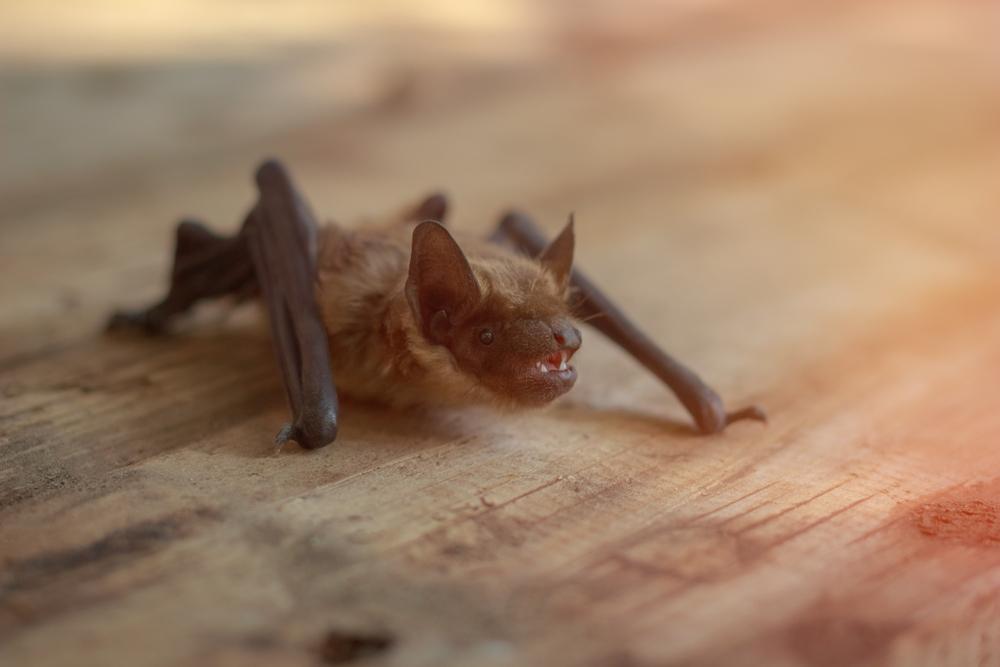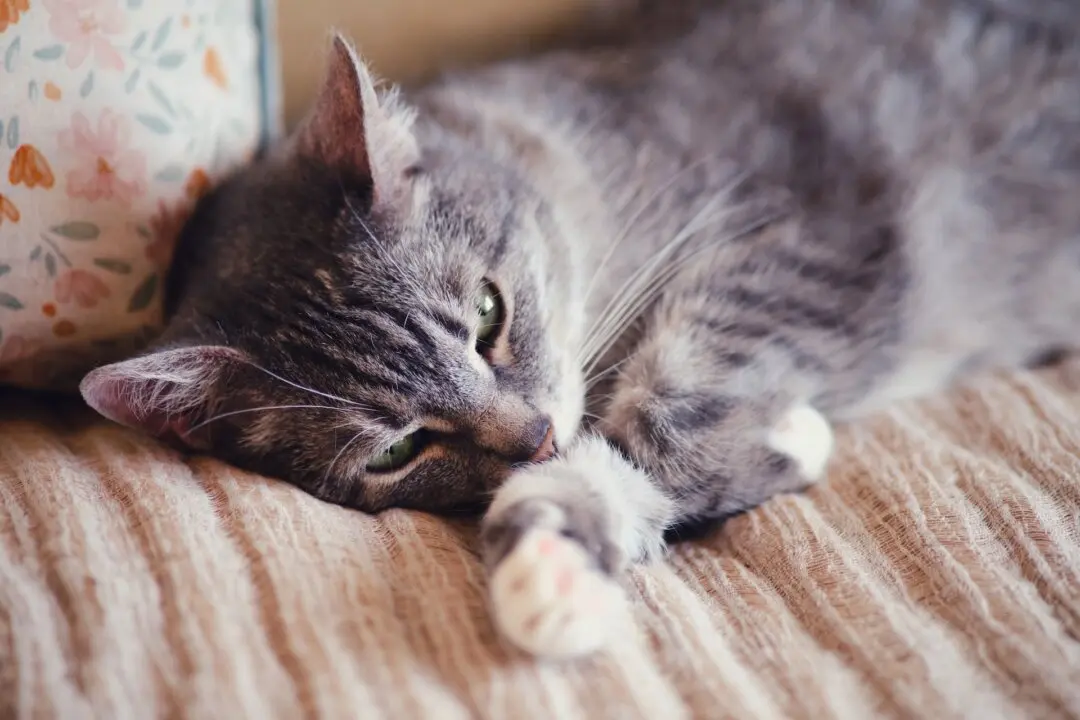Q: Our cat Brewster tangled with a bat in our house. I managed to get the bat away from him and move it outside. Brewster’s rabies vaccination is current, and I don’t see any bites on him. Do I need to make an appointment with his veterinarian?
A: Yes. It’s prudent to assume Brewster was bitten by the bat. Bat teeth are tiny, and most people bitten by bats don’t feel the bite or see a mark on their skin. Therefore, it’s not surprising that you don’t see a bite mark on Brewster.





